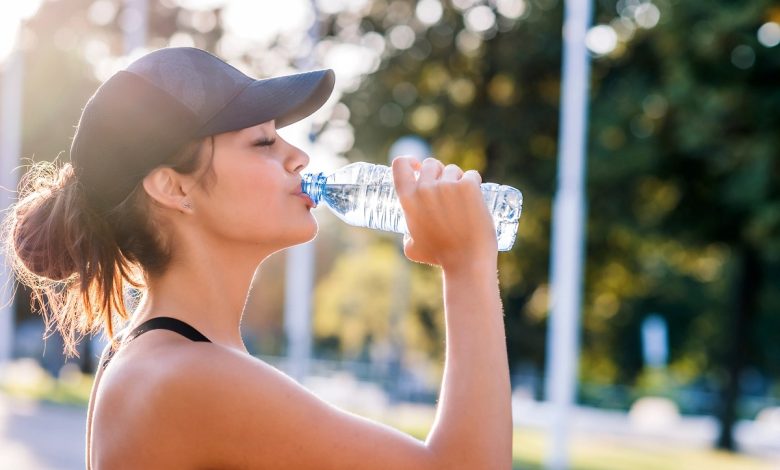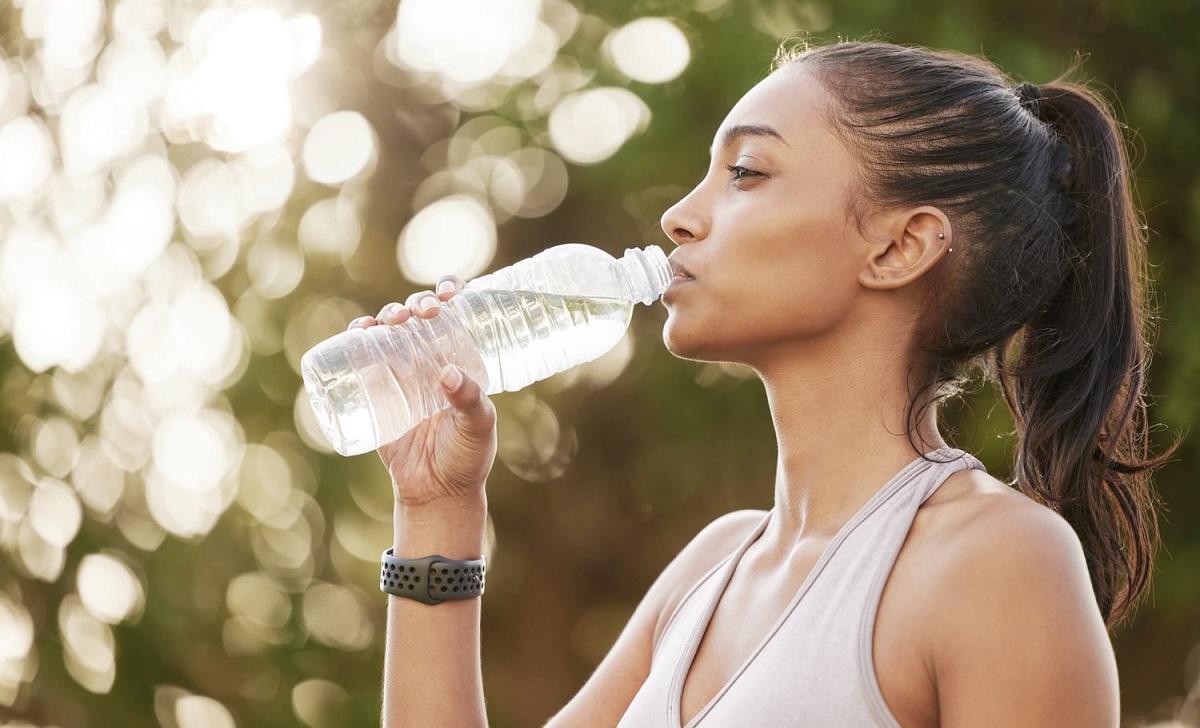Drinking Water From Plastic Bottles Can Raise Blood Pressure

Drinking Water: Researchers had previously linked microplastics to health issues such as heart problems, hormonal imbalances, and even cancer.
The Danube University Medical Unit in Austria has recently conducted research showing that drinking water from plastic bottles may increase blood pressure. This effect is due to the entry of microplastics into the bloodstream.
Drinking Water, According to a report published in the New York Post, participants who used non-plastic bottles for drinking experienced a significant decrease in blood pressure.
Drinking Water: How Does Water In Plastic Bottles Raise Blood Pressure?

Drinking Water, According to the Economic Times, researchers have expressed concern about microplastics, tiny particles found in most food and water, due to their potential impact on human health. Previously, the link between these particles and heart problems, hormonal imbalances, and even cancer had been emphasized. However, this study, published in the journal “Microplastics,” specifically addresses the connection between microplastics in plastic bottles and increased blood pressure levels.
The research team stated that the study’s results show for the first time that reducing plastic use could potentially lower blood pressure, likely due to a decrease in the volume of plastic particles in the bloodstream. The researchers suggest that, based on these findings, the reduction in blood pressure is related to reduced plastic consumption, leading to the assumption that plastic particles in the bloodstream may contribute to increase blood pressure.
Avoid Drinking Water Packaged In Plastic Bottles
Drinking Water, The researchers concluded that to potentially reduce blood pressure, one should avoid beverages packaged in plastic bottles. This research follows previous findings indicating that by drinking liquids from packaged bottles, we consume about five grams of microplastics each week.
Boiling and filtering tap water are among the recommended methods to prevent microplastics from entering the body. These practices can reduce the intake of microplastics and nanoplastics by up to 90%.
Drinking Water, This study emphasizes the impact of reducing plastic consumption on improving health. Therefore, by avoiding drinks packaged in plastic bottles and by filtering and purifying tap water, the entry of harmful microplastics into the body can be reduced.
Also Read:
Blood Pressure VS Cholesterol: The Relationship Between High Blood Pressure And High Cholesterol
Lower Blood Pressure Exercises: The 7 Best Exercises To Lower Blood Pressure
High Blood Pressure Foods: The 10 Best Foods For High Blood Pressure
Lower Blood Pressure Tea: What Tea Should You Drink To Lower Blood Pressure?




